
.

Security measures in DIY
Any type of DIY and craft work entails a series of risks that, depending on the difficulty of the work and the use of certain tools, it will be more or less. But keep in mind that, no matter how small the risk, the probability of having an accident is always there. For this reason, we must follow a series of safety rules and precautions at all times.
Although most of these tips are common sense, on many occasions for one reason or another, we do not follow them.
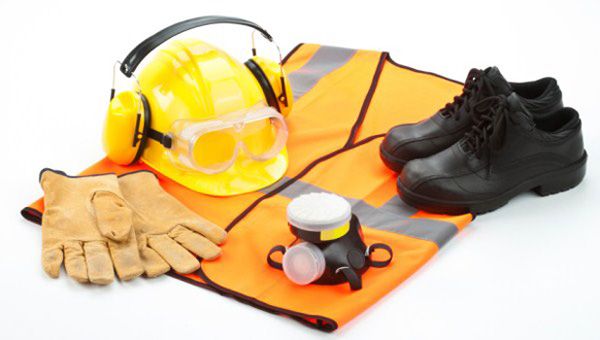
Photo: TSC Consulting
Here we collect a set of general safety tips that should be taken into account when doing any type of DIY. Even in the simplest jobs.
The following tips are valid for any type of work but, in addition to following them, you should also take into account the standards established by the manufacturers for the use of one or another tools and machines.
.
Keep the work area clean.
Cluttered work areas and benches are conducive to bodily harm.
Consider the environment of the work area.
Do not expose power tools to rain. Do not use power tools in damp or wet locations. Keep the work area clean. Do not use power tools in the presence of flammable liquids or gases.
Protection against electric shock.
Avoid bodily contact with grounded surfaces (for example, pipes, radiators, stoves, and refrigerators).
Keep other people away.
Do not let other people, especially children, participate in the work, touch the tool or extension cord, and keep them out of the work area.
Save idle tools.
When not in use, the tool should be stored in a dry, locked place out of the reach of children.
Don’t force the machine.
You will do a better and safer job at the speed for which it was designed.
Use the right tool.
Don’t use small tools to do the job of a big one. Do not use tools for purposes other than their intended purpose, for example, do not use circular saws to cut branches or tree trunks.
Dress appropriately.
Do not wear loose clothing or jewelry as they can get caught in moving parts. Non-slip footwear is recommended for outdoor work. Long hair is highly recommended to pick it up.
Wear protective gear.
Wear safety glasses. Wear a face or dust mask in case the job creates dust.
Connect the dust extraction equipment.
If you have a tool for vacuuming and collecting dust, make sure it is connected and use it properly.
Use the cable correctly.
Never pull on the cord to unplug it. Keep the cable away from sources of heat, oil and sharp edges.
Fix the work piece.
If possible, use clamps or a vise to hold the work. It is safer than using your hand.
Don’t overexert yourself.
Maintain proper balance at all times. Always have your feet firmly planted.
Use the tools with care.
Keep cutting tools sharp and clean so they do a better and safer job. Follow the instructions for lubrication and change of accessories, established by the manufacturer.
Periodically inspect the cables and if they are damaged, take them to an authorized service center. Check the extensions periodically and replace them if they are damaged. Keep the handles dry, clean and free of oil and grease.
Disconnect the tools.
Unplug power tools when not in use, before making any repairs, and when changing accessories such as blades, bits, cutters, and bits.
Remove the adjusting keys.
Always check that the adjusting keys are not in the tool before turning it on.
Prevents accidental starting of the tool.
Make sure the switch is in the “off” position when you plug the tool into power.
Use outdoor extension cords.
When using a tool outdoors, use only extension cords that are intended for outdoor use and marked so.
Keep alert.
Be careful what you do. Use common sense. And don’t use potentially dangerous tools when you’re tired.
Check that there are no damaged parts.
Before further use of the tool, it should be thoroughly tested to determine if it will function properly and perform its intended function. Checks for alignment and mating of moving parts, breakage of parts, assembly, and any other issues that may affect its operation. A protection or other part that is damaged should be properly repaired or replaced at the service center authorized by the brand, unless otherwise indicated in the instruction manual. Defective plugs must be replaced by an authorized repair center. Do not use the power tool if the switch has problems turning on or off.
Caveat.
The use of any accessory or attachment not recommended in the tool’s instruction manual may present a risk of personal injury.
The tool must be repaired by qualified personnel.
Repairs should only be carried out by qualified personnel, otherwise serious danger to the DIYer could occur.
Work at height.
Whenever you work at height, you must use an approved safety harness. Even if you think there is no risk of falling, use it.
Do you have a friend who practices DIY and crafts?
Then share this articles with him. It could save you some other scare.
You may be interested in seeing these other articles related to DIY machines and tools:
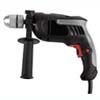
Electric drill. |
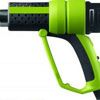
heat guns |
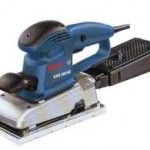
electric sanders |
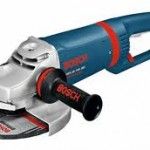
grinders |
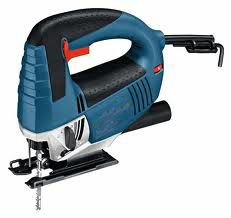
jigsaws |
/



